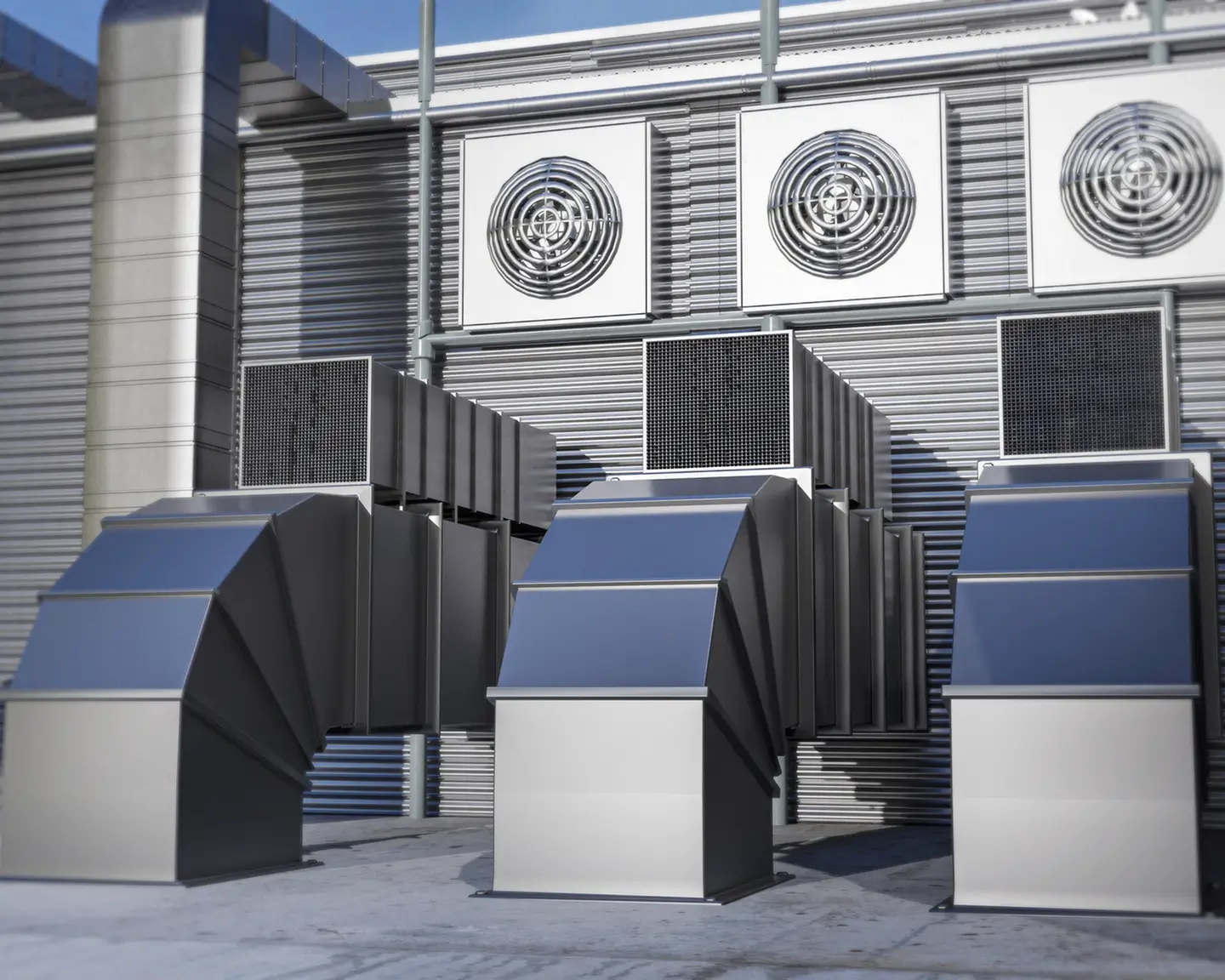Innovative and Efficient Mechanical Design
Our Certifications & Initiatives
Certified for excellence in engineering, sustainability, and innovation.

Tailored Mechanical Engineering Solutions.
With expertise across various industries, we integrate advanced technology, smart controls, and sustainable practices to optimize system performance and long-term reliability.
High-Performance
HVAC Systems.
We offer a variety of engineering services in HVAC
systems as listed:

What Clients Say About Our Services
Hear from our clients about the impact of our expertise, innovation, and dedication to excellence.
FAQ's For Mechanical
What types of mechanical systems does Budlong design?
Budlong specializes in HVAC, heat recovery, medical gas systems, and more, tailored to client-specific needs.
How does Budlong ensure mechanical system efficiency?
Budlong uses high-efficiency equipment, smart controls, and sustainable design practices to optimize performance.
Does Budlong provide mechanical solutions for labs or clean rooms?
Yes, Budlong offers specialized solutions for USP 797 clean rooms and laboratory ventilation systems.
Are Budlong’s mechanical services compliant with building codes?
Absolutely. All mechanical designs meet or exceed local and national code requirements.
Can Budlong retrofit existing mechanical systems?
Yes, they provide commissioning and retro-commissioning to upgrade and optimize older systems.
Know More About Our Mechanical Services
Mechanical systems are the backbone of any efficient building, and Budlong excels at delivering solutions that blend innovation with real-world functionality. Their mechanical engineering services span everything from HVAC design and chilled water plants to advanced heat recovery and displacement ventilation systems.
Budlong’s team integrates mechanical systems with building automation for smarter performance and easier control. Whether designing for healthcare, laboratories, or large commercial spaces, every solution is energy-conscious, code-compliant, and tailored to client needs.
With a strong emphasis on performance, sustainability, and occupant comfort, Budlong’s mechanical expertise helps shape spaces that operate smoothly, efficiently, and reliably.
Let’s Work Together and
Bring Your Vision To Life.